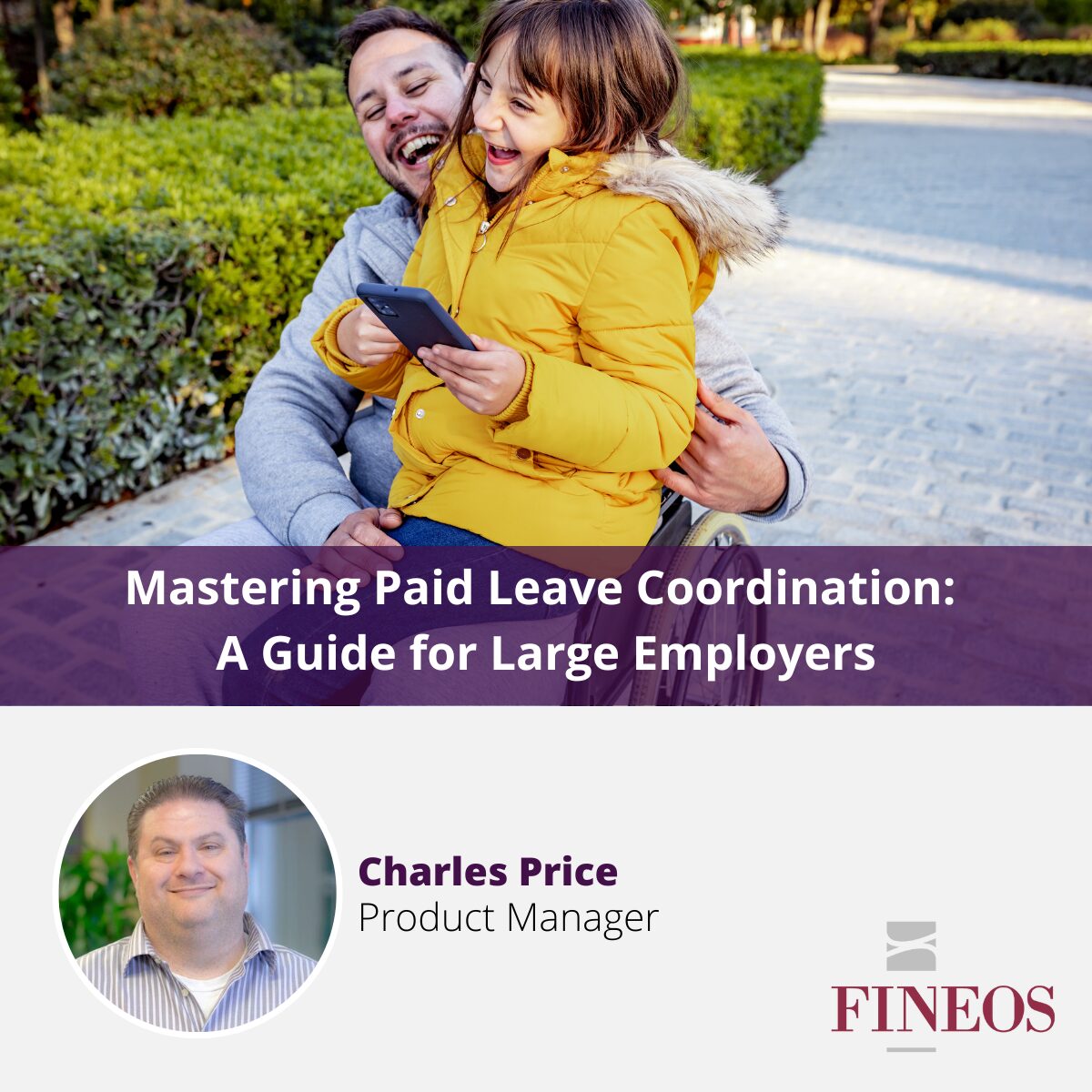On May 3, Gov. Wes Moore signed Senate Bill No. 828 and House Bill No. 988 into law, which delays Maryland’s paid family and medical leave (PFML) program. This means the state will postpone collection of contributions from October 1, 2023 to October 1, 2024, and start paying benefits to eligible employees on January 1, 2026, instead of the original January 1, 2025 target.
The law was drafted in consultation with advocates, national experts, and representatives from the insurance industry. Sen. Antonio Hayes, one of the law’s primary sponsors, said the change gives the Maryland Department of Labor (MD DOL) additional time for program implementation, which includes technology acquisition, staffing, outreach planning, and regulatory drafting. “There is significant work that needs to be accomplished in order to build a [PFML] program that can be a cornerstone of the Administration’s work to end childhood poverty, support veterans, and create a Maryland where all families can thrive,” he stated.
Aside from amending key administrative deadlines, most provisions of the PFML law remain unchanged, i.e. the covered leave reasons and leave durations, and employers may still apply for private plans to provide PFML benefits to their employees that meet or exceed the rights, protections, and benefits under the state’s program.
However, changes include:
Definitions: The new law amends the definition of wages to clarify that all employment compensation would be included for purposes of calculating the average weekly wage, which includes commissions, tips or gratuities, and holiday or vacation pay. Domestic partners are now included in the list of covered family member relationships. The definition of an application year was amended to mean the 12-month period beginning on the Sunday of the calendar week for which benefits are approved.
Contribution rates: The contribution rate not exceeding 1.2% of an employee’s wages will be set by the Maryland Secretary of Labor on or before October 1, 2023. Employers may choose to cover the entire PFML contribution that is due or deduct up to 50% of the total contribution rate from an employee’s wages as the employee share of the contribution. Employers are only required to send an employer contribution equal to 50% of the total contribution rate if they have 15 or more employees. The Maryland Department of Health is required to reimburse the employer contribution for certain community providers. The Secretary must report on the solvency of the fund and the appropriate total rate of contribution annually instead of biannually.
Claim administration: Employees can apply for foreseeable leave in advance. In addition, when an event qualifies for both the federal Family and Medical Leave Act (FMLA) and PFML, the leaves should run concurrently. Employees are not required to exhaust all employer-provided leave before using the program, but employers and employees can agree that employer-provided leave can be used in conjunction with paid family leave to replace 100% of an employee’s average weekly wage.
Private plans: An employer offering a private plan is prohibited from charging an employee more than the public contribution. Additionally, the weekly benefit amount under a private plan must be based on the average weekly wage earned from the employer sponsoring the private plan.
Rulemaking: The MD DOL is required to adopt program regulations on or before January 1, 2024.
How is FINEOS helping carriers and employers prepare for paid leave programs?
FINEOS will be ready to administer the MD PFML law, especially for carriers seeking private plans to comply with MD PFML. Using modern insurance technology solutions like the FINEOS Platform can help insurance carriers remain agile and competitive when leave legislation is passed. Learn more about how a modern, integrated disability and absence management (IDAM) solution can help your organization adapt to sudden changes and remain in compliance.


